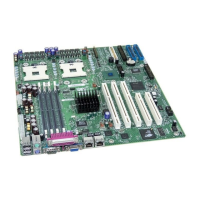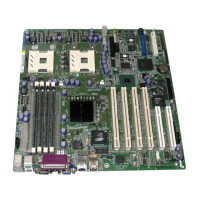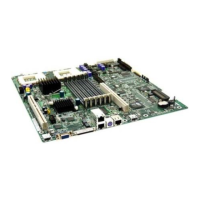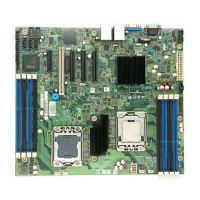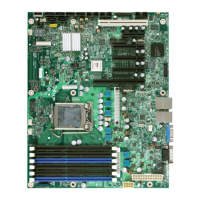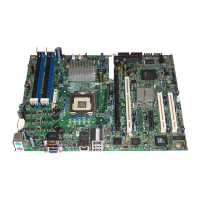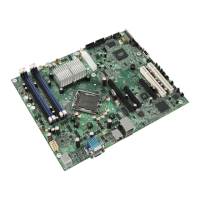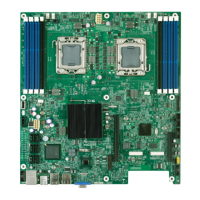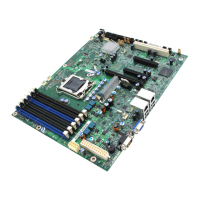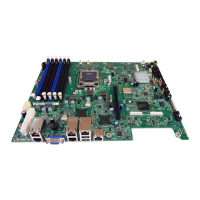Intel® Server Board SE7520BD2 Technical Product Specification BIOS Architecture
Revision 1.3 Intel Confidential
31
3. BIOS Architecture
The BIOS is implemented as firmware that resides in the Flash ROM. It provides hardware-
specific initialization algorithms and standard PC-compatible basic input/output (I/O) services,
and standard Intel
®
server board features. The Flash ROM also contains firmware for certain
embedded devices. These images are supplied by the device manufacturers and are not
specified in this document.
3.1 BIOS Functionality
The BIOS for the Intel® Server Board SE7520BD2 is comprised of the following components:
• The IA-32 core BIOS – This component contains most of the standard services and
components found in an IA-32 system, e.g., PCI Resource manager, ACPI support,
POST and RUNTIME functionality.
• The extensible firmware interface (EFI) - This is an abstraction layer between the OS
and system hardware.
• Server BIOS extensions – Provide support for the mini Baseboard Management
Controller (mBMC) and Intelligent Platform Management Interface (IPMI).
• Processor Microcode Updates – The BIOS also includes the latest processor Microcode
updates.
3.1.1 Support for BIOS Features
ID Feature Name Comments
Support at least 128KB of available option space
(C0000h ~ E0000h)
If possible, we will support available
option ROM space from C0000h to
E8000h.
Support Wired for Management specification as
required to obtain WHQL compliance
Now added to “Microsoft Windows Logo Program
System and Device Requirements 2.0” document
System must pass WHQL.
PXE 2.1 - PXE 2.1 (or higher) for onboard network
controllers
(a) PXE2.1 support
(b) PXE optional ROM with no setup
screen
(c) For Intel® 82541PI and Marvell*
“Yukon” 88E8050 Gbit NIC
Support Boot Integrity Services (BIS). Security
handshake on PXE
UUID - UUID Support (open standard in PXE
environment)
(a) UUID is written during
manufacture.
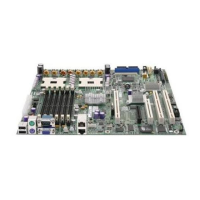
